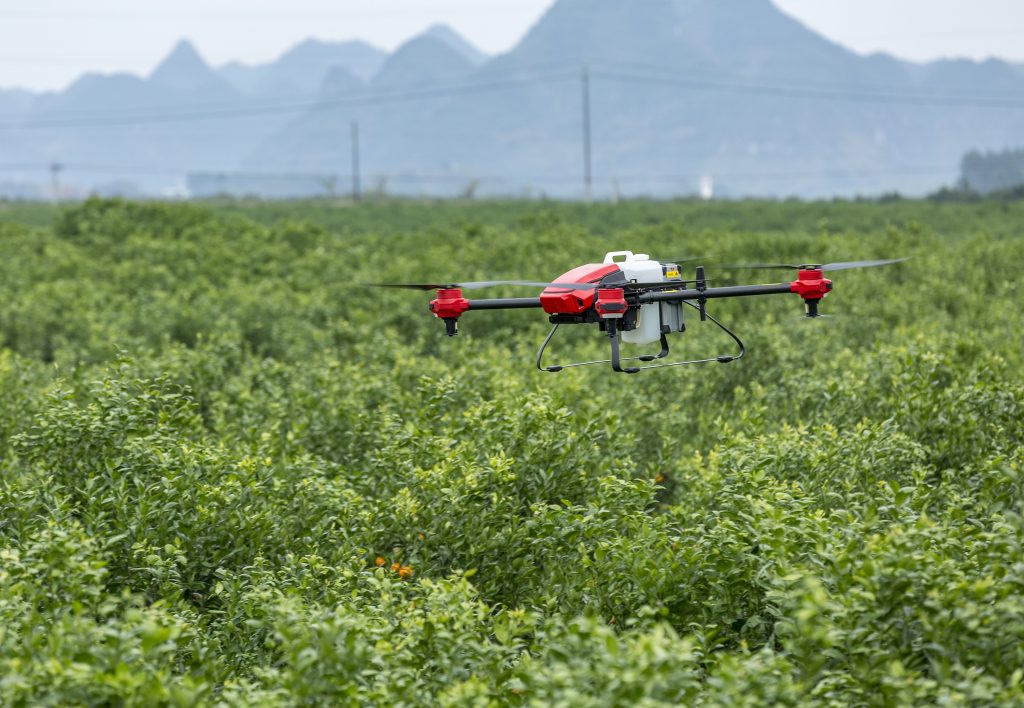With the rapid and widespread application of new generation information technology in the field of agriculture, as well as the development of agricultural artificial intelligence technology, the era of “Agriculture 4.0”, represented by smart agriculture, has arrived. Smart agriculture, represented by agricultural intelligent equipment, Beidou agricultural machinery automatic navigation and driving, unmanned farms, high-throughput plant phenotype platform, is increasingly becoming the most active Agricultural productivity. As the core link of smart agriculture, “algorithm” is based on data mining technology to analyze and process agricultural data, and use the extracted effective information to support agricultural early warning, control, decision-making, and management, achieving the goal of improving resource utilization, reducing costs, improving production efficiency and product quality, and improving the ecological environment. It can be said that the algorithm innovation behind intelligent decision-making systems is increasingly becoming a focus of smart agriculture.
The development of smart agriculture always takes data, algorithms, and computing power as the core elements, and achieves the effective combination of “massive data” brought about by modern information technology through algorithm innovation and “massive computing” supported by physical computing hardware platforms, forming information perception, quantitative decision-making, and intelligent control throughout the entire agricultural production process. From the “information algorithm advancement” stage of sky and earth integrated agricultural observation and production control visualization, to the “interdisciplinary fusion algorithm driven” stage of agricultural management intelligent perception and intelligent control, and then to the “artificial intelligence algorithm innovation” stage of agricultural industry data connectivity and machine learning, the degree of algorithm innovation determines the level of intelligence in agriculture. Currently, the innovation of smart agriculture algorithms presents three characteristics: first, integration. Embodied in the integration of modern biotechnology and biological Big data, through the use of bioinformatics analysis methods to analyze genome, Transcriptome, metabolomics and other multi omics data, accelerate the formation of new algorithms such as transparent computing, mobile edge computing, fog computing and micro cloud, and realize the accurate selection and breeding of agricultural biology and timely tracking of production and supply. The second is autonomy. The intelligent agriculture algorithm is based on the neural network for in-depth learning and Reinforcement learning. With the help of agricultural Big data platform and interaction and cooperation with human beings, algorithm technology can continue to learn and train, thus becoming more intelligent and autonomous. In smart agriculture, it is reflected in fields such as multi omics integration, gene mining, and disease and pest diagnosis. The third is applicability. With the implementation of a large number of projects such as the Agricultural Internet of Things Regional Pilot Project and the Digital Rural Pilot Project, the innovation of smart agriculture algorithms in China has shifted from “strong foundation” to “heavy application”. Smart agriculture is guided by application scenarios to focus intelligence on algorithm innovation, use more data for Analysis of algorithms and modeling, and form an innovation and development consortium of agricultural research institutions, agricultural machinery manufacturers, information enterprises, network service providers and other entities to rely on each other, so as to promote the continuous improvement of algorithm performance, application quality and efficiency, and better adapt to the development needs of smart agriculture.







Please sign in to comment
register